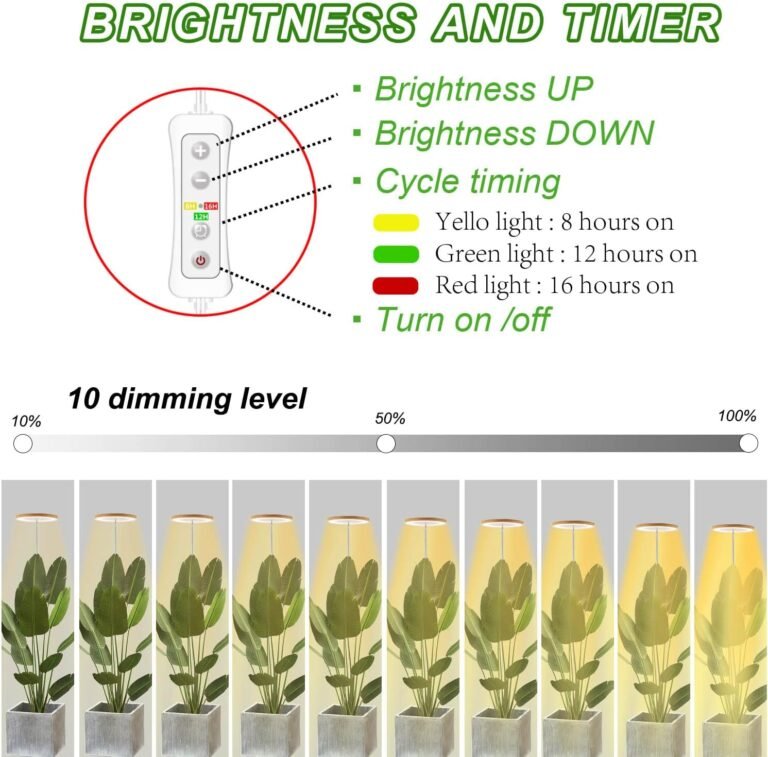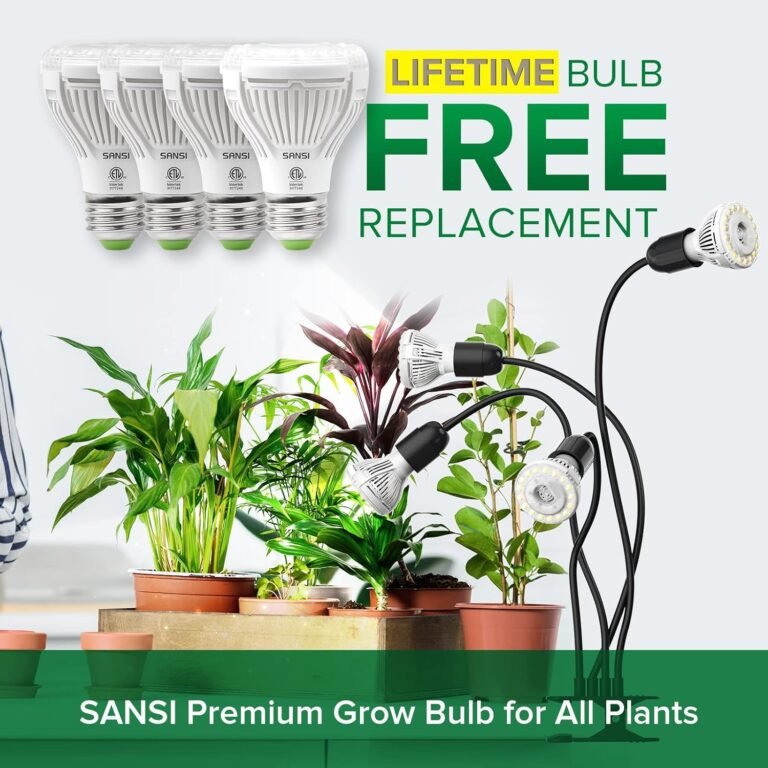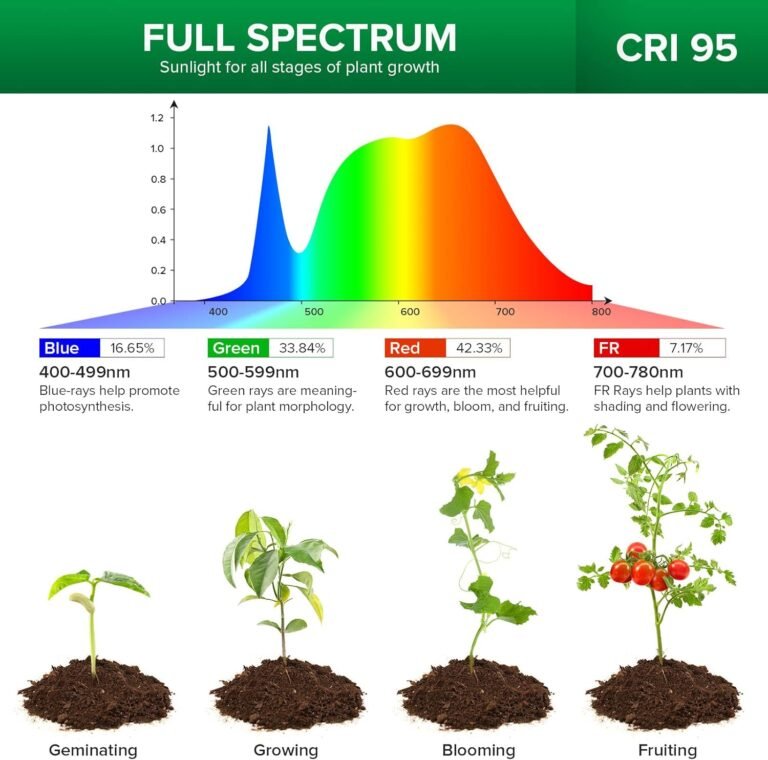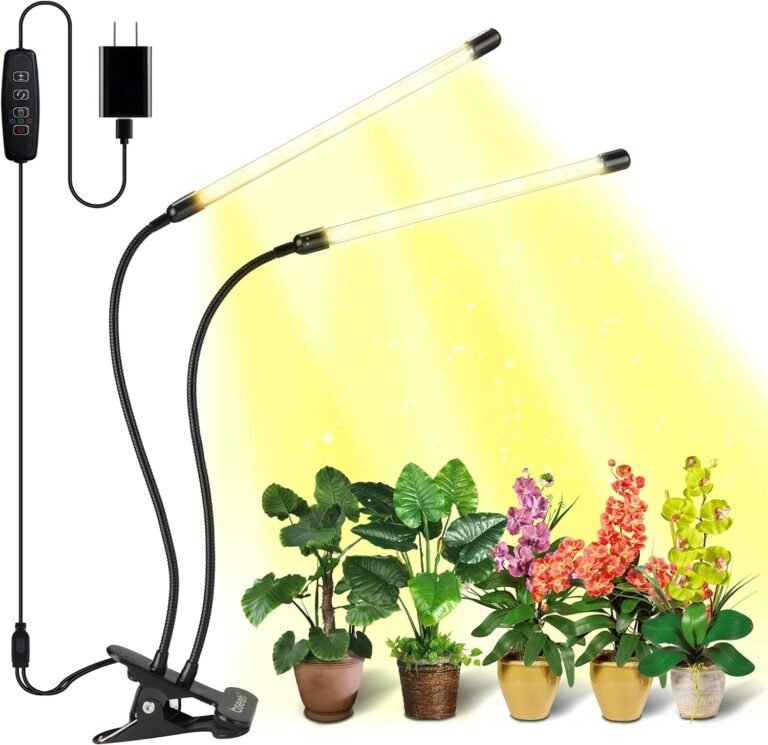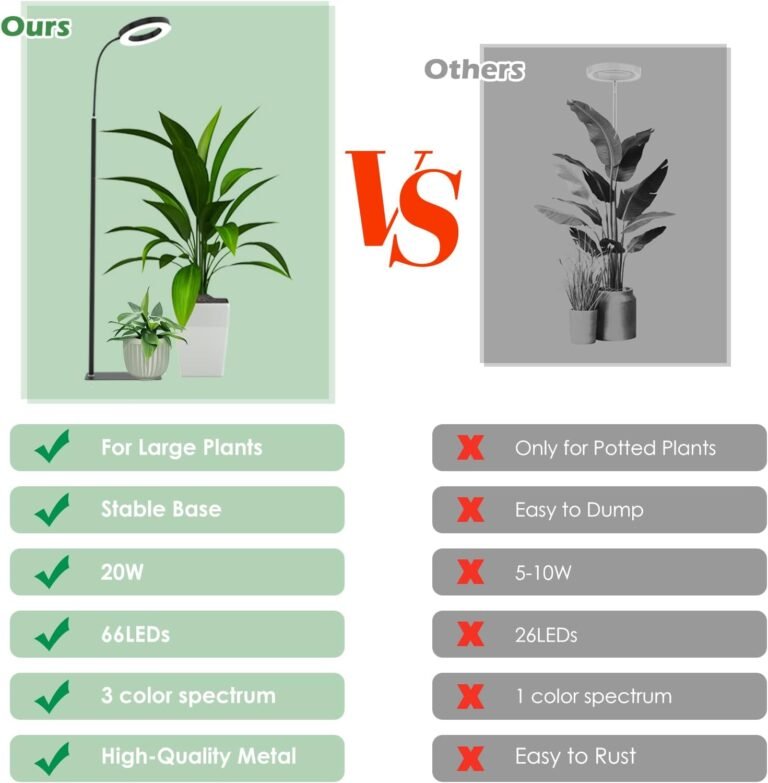Are you tired of constantly worrying about watering your indoor plants? Do you often forget to water them or accidentally overwater them? Fret not! In this blog post, we’ll discuss the automatic watering system for indoor plants that can take away your stress and keep your plants thriving. Read on to learn about the importance of these systems, the different types available, their key features, top picks for 2023, DIY solutions, and maintenance tips. Your plants will thank you!
Key Takeaways
Automatic watering systems for indoor plants are an efficient and effective way to maintain healthy roots, save time & resources, and promote plant health.
Consider capacity & number of plants, timer functionality & water flow control when choosing the best system for your needs.
Regular maintenance and troubleshooting can help keep your automatic watering system running smoothly.
The Importance of Automatic Watering Systems for Indoor Plants
Automatic watering systems for indoor plants offer numerous advantages over manual watering. Here are some benefits of using an automatic watering system:
Maintains a consistent watering schedule
Aids in water conservation
Promotes plant health
Ensures plants get the perfect quantity of water when they need it
Eliminates resource wastage
Let’s delve into these benefits further.
Consistent Watering Schedule
Plant growth thrives on a stable watering schedule providing the right amount of water at the right time. An automatic watering system, such as an automatic drip irrigation kit, can help you achieve this consistency effortlessly by allowing you to customize the watering duration and frequency for each plant.
Some automatic watering systems come with digital or programmable timers, which provide even greater convenience and customization options. Automating the watering process saves time, mitigates the risk of over or underwatering and fosters healthy plant growth.
Water Conservation
Responsible plant care requires water conservation. Automatic watering systems enable up to 70% more water savings compared to traditional irrigation methods. Drip watering systems, for example, deliver water directly to the plant’s roots, preventing water evaporation and minimizing the amount of water wasted.
Aside from being environmentally friendly, water conservation also translates to financial savings and reduced maintenance efforts, as you won’t need to refill the water source as frequently. In addition, conserving water ensures that your plants receive the optimal amount of hydration, contributing to their overall health and well-being.
Plant Health
Maintaining healthy root systems and overall plant health hinges on proper watering. Automatic watering systems can help prevent common issues such as overwatering, which may lead to root rot, or underwatering, which can cause nutrient deficiencies and plant stress. By providing the right amount of water at the right time, these systems support the optimal growth and development of your plants.
Moreover, an automatic watering system can also accommodate the specific watering needs of different plants, ensuring that each plant receives the appropriate amount of water according to its requirements. This customization is particularly beneficial for plant enthusiasts with a diverse collection of indoor plants, as it allows for the fine-tuning of watering schedules to cater to the unique needs of each plant.
Types of Automatic Watering Systems for Indoor Plants
There are several types of automatic watering systems available, including those specifically designed as a watering system for indoor plants, each with its own set of advantages and drawbacks.
We’ll explore drip irrigation systems, self-watering pots, and watering globes and spikes, providing a comprehensive overview of your available options.
Drip Irrigation Systems
Drip irrigation systems utilize a network of small tubes to deliver water directly to the plant’s roots. This precise watering method offers several benefits:
It conserves water by delivering water only where it is needed, reducing waste.
It promotes healthy root growth by providing a steady supply of water to the plants.
It can accommodate multiple plants, making it an ideal choice for plant enthusiasts with a large indoor garden.

Some drip irrigation systems come with automatic timers, making them a form of automatic drip irrigation, enhancing both their convenience and effectiveness. These timers allow you to customize the watering schedule for your plants, ensuring they receive the optimal amount of water at the most suitable times. A complete irrigation system like this can greatly benefit your garden.
Self-Watering Pots
Self-watering pots are a low-maintenance solution for indoor potted plants hydration. These pots feature built-in water reservoir systems that slowly release water to the plant’s roots, reducing the need for frequent manual watering. Self-watering pots come in various sizes and designs, making it easy to find one that suits your specific needs and aesthetic preferences.

While self-watering pots may not be suitable for all types of plants, they can be particularly beneficial for those that require a consistent supply of water, such as tropical plants. Additionally, these pots can help prevent common watering issues, such as overwatering or underwatering, ensuring that your plants receive the appropriate amount of hydration for optimal growth and health.
Watering Globes and Spikes
Watering globes and spikes are a simple and efficient method for maintaining the hydration of your indoor plants. These devices use gravity and capillary action to slowly and steadily supply water to your plants, keeping them hydrated without the need for constant manual watering.
While watering globes and spikes are a convenient option for those who don’t have a large number of plants or are looking for a low-maintenance solution, they may not be suitable for all types of plants or situations. Some users have reported issues with the globes’ capacity or durability, while others have found them to be a bit tricky to fill.

Despite these drawbacks, watering globes and spikes can be an effective solution for keeping your plants hydrated, especially if used in conjunction with other watering methods.
Key Features to Consider When Choosing an Automatic Watering System
Selecting an automatic watering system for your indoor plants requires considering key features like:
The system’s capacity
The number of plants it can accommodate
Timer functionality
Water flow control
These factors can greatly impact the efficiency and effectiveness of the system, as well as the overall health and well-being of your plants.
Capacity and Number of Plants
When selecting an automatic watering system, it’s critical to consider both its capacity and the number of plants it can manage. Depending on the size of your indoor garden and the specific watering needs of your plants, you may require a system that can accommodate a larger number of plants or one that offers a higher capacity for water.
For example, if you have a diverse collection of indoor plants, you may need a system that allows for the customization of watering schedules for different plants. In this case, a drip irrigation system with multiple zones or adjustable water flow would be an ideal choice, as it can cater to the unique requirements of each plant.
Timer Functionality
Another feature to consider when choosing an automatic watering system is timer functionality. Timers enable you to set up customized watering schedules for your plants, ensuring they receive the appropriate amount of water at the most suitable times.
There are two main types of timers available: digital/programmable timers and mechanical timers. Digital timers offer greater convenience and customization options, with features such as an LCD display, multiple watering times and frequencies, and even smartphone app integration.
Mechanical timers, on the other hand, may be less feature-rich but can still provide a reliable and straightforward solution for maintaining a consistent watering schedule.
Water Flow Control
Water flow control is a critical aspect of any automatic watering system, ensuring your plants receive the ideal water amount based on their unique needs. Adjustable water flow is a desirable feature, as it allows you to precisely control the amount of water delivered to each plant, preventing overwatering or underwatering.
Additionally, adjustable water flow enables you to:
Fine-tune the watering schedule to accommodate the varying requirements of different plants
Ensure that each plant receives the appropriate amount of water at the best time for its growth and development
Provide precise control over the water flow
Help maintain the health and well-being of your indoor plants
Conserve water and reduce waste
By utilizing adjustable water flow, you can optimize the care of your indoor plants.
Top Automatic Watering Systems for Indoor Plants in 2023
Choosing the best fit for your indoor plants from the numerous automatic watering systems on the market can be challenging. To help you make an informed decision, we’ve compiled a list of the top automatic watering systems for indoor plants in 2023, focusing on their features, benefits, and customer reviews.
Some of the top contenders for watering plants include:
Drip irrigation systems: These systems can accommodate multiple plants and conserve water.
Self-watering pots: These pots offer a low-maintenance solution for keeping plants hydrated.
Watering globes and spikes: These provide a simple and efficient solution, but may not be suitable for all types of plants or situations.
Each option has its own advantages and drawbacks, so choose the one that best fits your needs and preferences.
Ultimately, the best automatic watering system for your indoor plants depends on your specific needs, preferences, and budget.
DIY Solutions for Automatic Watering of Indoor Plants
If you’re looking for a more budget-friendly or customizable solution, there are several DIY options available for automatic watering of indoor plants. For example, wick watering systems made from recycled materials, such as 2-liter plastic bottles, offer an affordable and eco-friendly option.
Another DIY option is the bottle watering method, which involves:
Filling a bottle with water
Inserting it upside down into the soil
Allowing the water to slowly seep into the ground and provide consistent hydration for your plants
Both of these DIY solutions can be effective in maintaining the health and well-being of your indoor plants while also conserving water and reducing waste.
Maintenance and Troubleshooting Tips
Ensuring the longevity and effectiveness of your automatic watering system requires proper maintenance and troubleshooting. Regularly checking for leaks, cleaning filters, and inspecting tubing for damage or blockages can help keep your system running smoothly and efficiently.
Should issues arise with your watering system, like inadequate water flow or incorrect timer settings, consult the manufacturer’s guidelines or seek professional assistance for troubleshooting and repairs.
Maintaining and troubleshooting your automatic watering system ensures its proper functioning and promotes the optimal health and well-being of your indoor plants.
Summary
In conclusion, automatic watering systems for indoor plants offer numerous benefits, including consistent watering schedules, water conservation, and improved plant health. With various types of systems available, such as drip irrigation systems, self-watering pots, and watering globes and spikes, it’s crucial to consider key features like capacity, timer functionality, and water flow control when selecting the best system for your needs. By investing in an automatic watering system or implementing a DIY solution, you can ensure the health and well-being of your indoor plants while saving time, resources, and effort. So, why not give your indoor plants the care they deserve by choosing the perfect automatic watering system today?
Frequently Asked Questions
What is the best automatic indoor plant watering system?
For an automated, stress-free watering system, the Tomorotec Clear Glass Self-Watering Spikes, Kollea Automatic Watering System, Blumat Classic Plant Watering Stakes, and Raindrip Automatic Watering Kit are all great options. The Tomorotec Clear Glass Self-Watering Spikes is the best overall for indoor plants.
How do you automatically water indoor plants?
Automatic indoor plant watering systems can include drip watering, self-watering mini plant pots, self-watering planters, vertical herbal garden walls, a big green automatic watering system, DIY drip irrigation pumps, terracotta water spikes with a control valve, watering globes or a lid on the bottle to slow the flow of water.
How can I maintain and troubleshoot my automatic watering system to ensure its proper functioning?
To ensure proper functioning of your automatic watering system, regularly check for leaks, clean filters and inspect tubing for damage or blockages.


